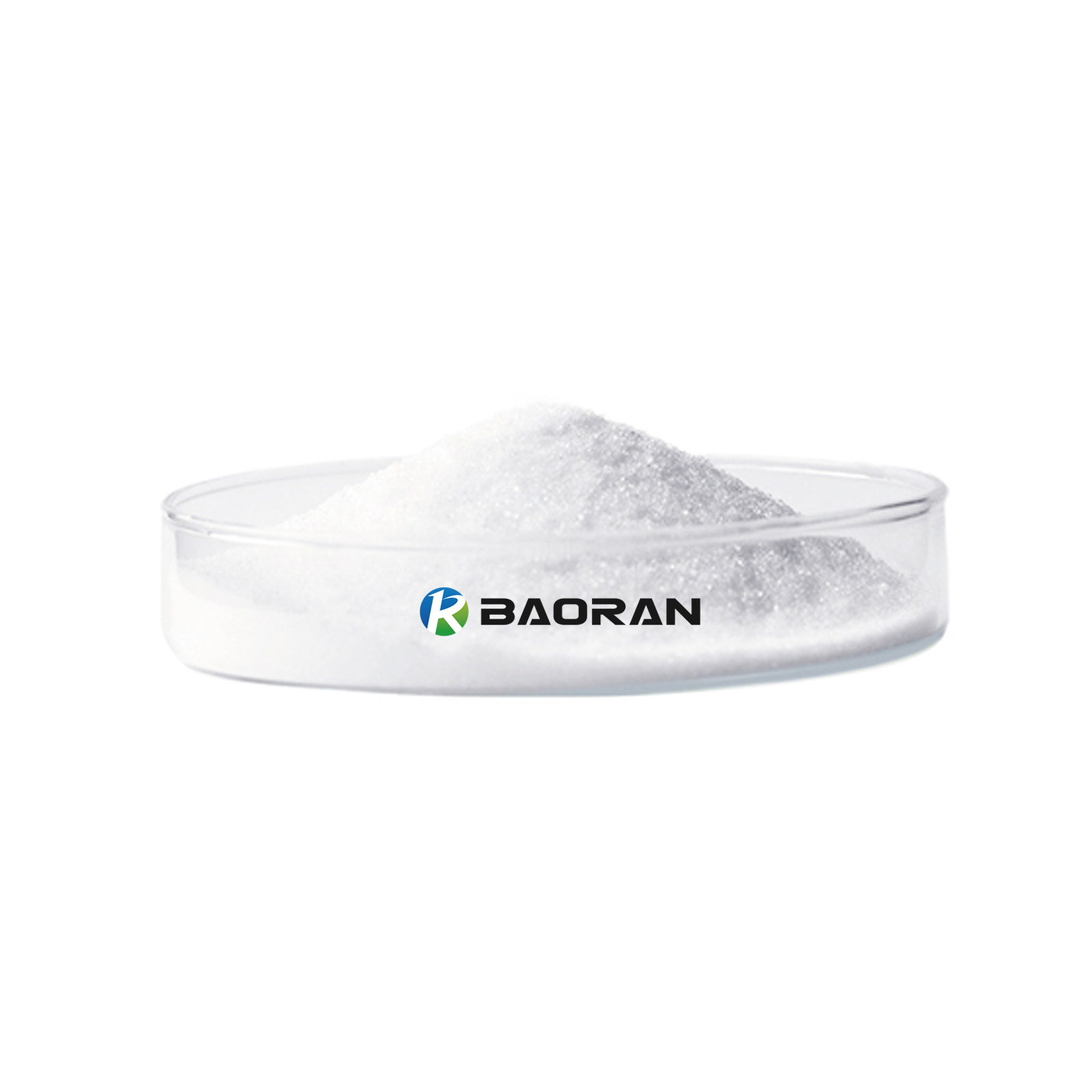Agriculture
-

99.5% Cyanuric Chloride CAS: 108-77-0
Cyanuric Choloride is a multifunctional intermediate for herbicides, reactive dyes, optical brighteners and many other specialties.
-

Disodium EDTA, 99% – EDTA 2NA CAS No. : 6381-92-6
Disodium EDTA Chelation binds to metal ions which inactivates them.
The binding of metal ions helps prevent the deterioration of cosmetics and personal care products.
It also helps to maintain clarity, protect fragrance compounds, and prevent rancidity.
By binding with metal ions, EDTA 2NA prevents metals from being deposited onto hair and skin. -

99.9% EthyleneDiamine Tetra-Acetic acid (EDTA) CASNo.: 60-00-4
Ethylenediaminetetraacetic acid is a chelating agent, a material that tightly binds or captures metal ions, produced as a series of salts.
-

99.5% Cyanuric Chloride CAS: 108-77-0
Cyanuric Choloride is a multifunctional intermediate for herbicides, reactive dyes, optical brighteners and many other specialties.
-

Sodium Cyanide CAS 143-33-9 NaCN
Sodium cyanide has been used in the extraction of gold from ore for over a century. Today it is still considered the most efficient extraction method – with sodium cyanide used in the leaching process in most gold mining operations.
-

2,4-D 98%TC /2,4-Dichlorophenoxyacetic acid/CAS No.: 94-75-7
Chemical Formula: C8H6Cl2O3
CAS No.: 94-75-7
Product Introduction:
It is mainly used as herbicide and plant growth agent. When the high concentration is above 500ppm, it can be used for stem and leaf treatment, which can prevent broad leaf weeds such as pigweed, amaranth and germination grass weeds in wheat, rice, corn, sugarcane and other crop fields. Endoscopicity. It can enter the plant body from the roots, stems and leaves, degrade slowly, so it can accumulate a certain concentration, thus interfering with the balance of hormones in the plant body, destroying nucleic acid and protein metabolism, promoting or inhibiting the growth of some organs, making the weed stem and leaf distortion, stem base thickening, swelling and cracking. Gramineous crops have strong tolerance in their 4 ~ 5 leaf stage, which is the suitable stage for spraying. Sometimes it is also used for soil treatment of maize after sowing and before seedling to prevent a variety of monocotyledon and dicotyledon weeds. Mixed with herbicides such as atrazine and propyl, or mixed with acidic fertilizers such as ammonium sulfate, can increase the effect of killing grass. When the temperature is 20-28 ℃, the efficacy increases with the increase of temperature, and decreases below 20℃.
Formulations:
2,4-D Dimethylamine Salt 860g/L SL
2,4-D Dimethylamine Salt 840g/L SL
2,4-D Dimethylamine Salt 806g/L SL
2,4-D Dimethylamine Salt 720g/L SL
2,4-D Dimethylamine Salt 480g/L SL
2,4-D Dimethylamine 240g/L+ Picloram 64g/L SL
2,4-D Dimethylamine 344g/L+ Dicamba 120g/L SL